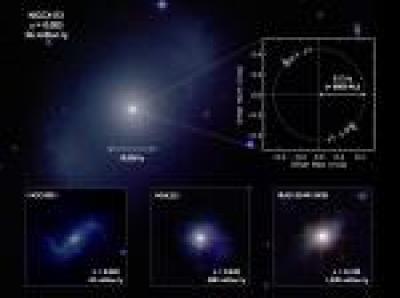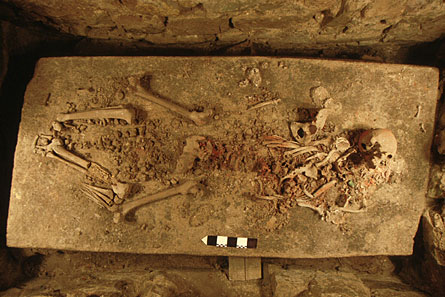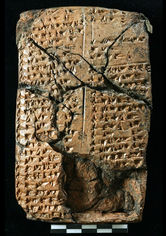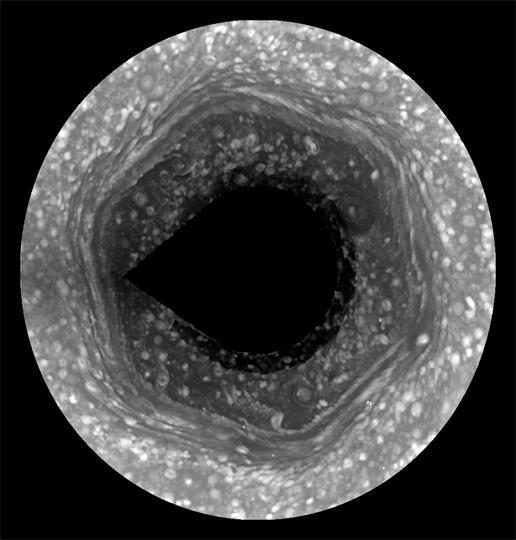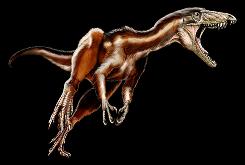
© Jorge GonzalezTawa hallae, a newly unveiled Triassic, carnivorous dinosaur, "helps us reconstruct the origins of all the most primitive dinosaurs, suggesting they were likely located in South America," says Sterling Nesbitt of the American Museum of Natural History.
Discovery of a primitive precursor to
Tyrannosaurus Rex, some 215 million years old, points to a South American origin for dinosaurs, paleontologists reported Thursday.
In the journal
Science, a team led by Sterling Nesbitt of the American Museum of Natural History in New York, unveils
Tawa hallae, found in a fossil bone bed near New Mexico's Ghost Ranch, made famous by the artist Georgia O'Keefe. Nesbitt's team named the creature, a 6.5-foot-long meat-eating precursor to
T. Rex, after a Pueblo sun god and the fossil collector Ruth Hall.
"
Tawa helps us reconstruct the origins of all the most primitive dinosaurs, suggesting they were likely located in South America," Nesbitt says. The dinosaur, "probably ate anything he got his hands on," he adds.
